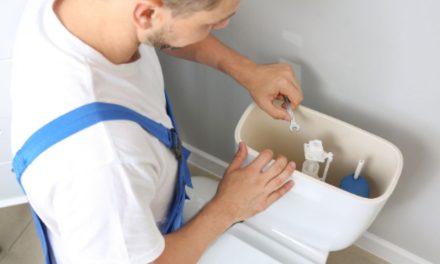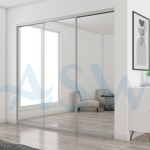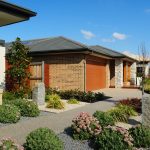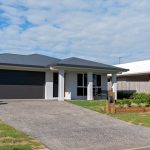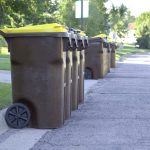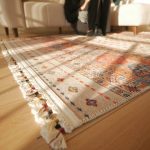The Impact of Water Damage on Building Materials and How to Address It
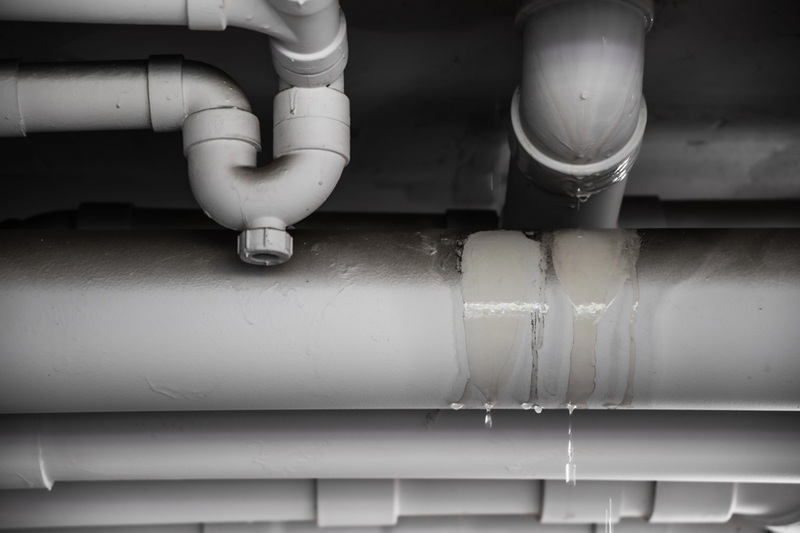
When water sneaks past roofs, pipes, or windows, it doesn’t just leave puddles—you soon notice warped wood, crumbling drywall, and rusting fasteners. Understanding how each material reacts helps you choose repairs that last.
If you want a deeper look at moisture’s chemistry with bricks, plaster, and insulation, click here for a straightforward breakdown.
By seeing the early warning signs, you can curb costs before structural integrity takes the hit hard.
Water Damage Defined
Water damage isn’t just a puddle on the floor; it’s a chain reaction that changes materials chemically and physically the longer moisture stays where it shouldn’t.
Invisible but Relentless
Liquid water, vapor and even high humidity migrate through microscopic pores, silently invading drywall cores, insulation fibers and flooring adhesives long before stains appear.
Different Classes, Different Consequences
Professionals categorize losses by amount and rate of evaporation; higher classes overwhelm drying efforts fast, so knowing the class drives the right mitigation strategy early.
Clean, Gray or Black
Source contamination levels matter most: clean supply-line water is simple to sanitize, while black sewage requires full containment and disposal to protect occupants and workers.
Primary Moisture Sources
Stopping water at its origin saves the most money. Identify where the liquid begins, and you instantly shrink the repair timeline plus the long-term health risks.
- Roof intrusions: Damaged shingles, flashing gaps and clogged gutters redirect storm water straight into attics, saturating insulation before dripping through ceilings.
- Plumbing failures: Burst supply lines, loose fittings or aging flex hoses release pressurized water that floods rooms in minutes and keeps flowing until shutoff.
- Groundwater seepage: Hydrostatic pressure pushes moisture through foundation cracks, causing basement dampness, efflorescence and slab deterioration season after season.
- HVAC condensation: Blocked drain pans or uninsulated ducts allow condensate to spill into wall cavities, nurturing hidden mold colonies.
- Appliance leaks: Dishwashers, water heaters and refrigerators often drip unnoticed behind panels, creating perfect warm, moist breeding zones for microbes.
- Weather events: Flash floods and hurricanes overwhelm exterior defenses, introducing Category 3 water filled with debris and bacteria into living spaces.
Your prevention plan begins with scheduled inspections of these sources, replacing worn parts and improving drainage so moisture never gains a foothold indoors.
Material Degradation Risks
Every building component reacts differently to water; understanding those reactions helps you prioritize which items must dry first to keep the structure sound.
Wood Swelling and Rot
Wood fibers absorb water quickly, swell, then lose strength as cellulose breaks down. Sustained saturation leads to fungal decay that compromises load-bearing capacity.
Metal Oxidation
Steel and iron corrode when oxygenated water contacts bare surfaces; rust expansion stresses surrounding concrete and loosens critical fasteners inside framing systems.
Concrete Spalling
Porous concrete soaks up contaminants; freeze–thaw cycles and reinforcing bar corrosion cause cracking and surface pop-outs that shorten service life dramatically.
Hidden Structural Weakening
Water often travels the path you can’t see, silently eroding critical connections until one day sagging floors or cracked walls announce the growing danger.
Creeping Moisture Paths
Capillary action pulls water upward through wall studs and sill plates, distributing moisture far from the original leak and masking damage during visual checks.
Subfloor Deterioration
Oriented-strand board and plywood layers delaminate under prolonged wetness, reducing stiffness so floors feel bouncy and tile grout begins to fracture.
Foundation Shifts
Oversaturated soils expand, contract and wash out, allowing footings to move unevenly; minor movement propagates cracks that invite even more infiltration.
Mold and Mildew Threat
Where moisture lingers longer than 24 hours, microscopic spores germinate, releasing musty odors and allergens that threaten indoor air quality and occupant health.
- Rapid colonization: Mold doubles population every day on damp cellulose, covering drywall backsides and carpet pads before discoloration shows.
- Toxin production: Some species emit mycotoxins, aggravating asthma and causing fatigue, headaches and immune stress in sensitive individuals.
- Material staining: Pigmented hyphae permanently blot porous surfaces, forcing costly replacement even after successful remediation.
- HVAC distribution: Spores hitch rides on air currents, infiltrating ductwork and spreading to previously unaffected rooms quickly.
- Regrowth risk: Incomplete drying leaves hidden reservoirs that reignite colonies, making professional moisture mapping essential.
Address mold proactively with swift drying, HEPA-filtered negative pressure and certified remediation following standards such as IICRC S520 for thorough, lasting results.
Comprehensive Damage Assessment
After an incident, a structured evaluation charts the most efficient recovery path, ensuring no soaked assembly, hidden void or electrical hazard escapes detection.
Moisture Mapping Tools
Infrared imaging, non-invasive meters and hygroscopic sensors create a moisture blueprint that guides targeted drying and verifies progress objectively.
Inventory and Documentation
Detailed itemization supports insurance claims; photographs and readings compiled into a report streamline approvals and justify restoration versus replacement decisions.
Safety and Code Considerations
Assessors flag compromised wiring, asbestos insulation or lead paint that could complicate repairs, coordinating with specialists to keep the project compliant.
Restoration and Repairs
Effective restoration blends science, craftsmanship and speed, turning a soaked, unsafe building back into a comfortable, fully functional space you can trust.
- Water extraction: High-capacity pumps and weighted vacuums remove standing water fast, shrinking the timeline for secondary damage to start.
- Structural drying: Low-grain dehumidifiers and directional air movers create vapor pressure differentials that pull moisture from deep within assemblies.
- Selective demolition: Technicians remove only unsalvageable materials, preserving integrity and lowering reconstruction costs.
- Cleaning and sanitizing: Antimicrobial solutions neutralize pathogens, while abrasive media or soda blasting erase stubborn contaminants.
- Rebuild phase: Carpenters, electricians and finish crews restore aesthetics and performance, often upgrading materials for better future resilience.
Partnering with reputable firms like Revive Water Damage Restoration ensures certified methods, direct insurance billing and a single point of contact throughout recovery.
Preventive Maintenance Steps
Long-term defense costs far less than even minor repairs, so embed simple routines into your calendar and dramatically reduce the odds of another water event.
- Seasonal inspections: Check roofing, flashing and sealants every spring and fall, repairing tiny defects before storms exploit them.
- Plumbing vigilance: Replace rubber supply hoses with braided stainless steel and install smart leak detectors that shut valves automatically.
- Grade and drainage: Maintain proper soil slope, clean gutters and extend downspouts at least six feet to keep foundation walls dry.
- HVAC maintenance: Clear condensate lines and swap filters monthly to prevent backups and ensure efficient moisture removal from indoor air.
- Basement safeguards: Test sump pumps quarterly and add battery backups so equipment works during power-out storm events.
Combine these practices with homeowner education and you’ll transform vulnerable areas into resilient zones that shrug off future water challenges confidently.
Emergency Response Planning
When water hits unexpectedly, a prepared roadmap turns panic into purposeful action, cutting downtime and monetary losses while safeguarding health and memories.
Create a Contact Tree
Post numbers for plumbers, electricians, restoration pros and insurance adjusters where everyone can see them, ensuring help arrives within the critical first hour.
Know the Shutoffs
Walk each family member through main water, gas and electrical disconnects, labeling valves clearly so nobody hesitates during a nighttime pipe rupture.
Document and Drill
Store digital photos of rooms and valuables off-site; practice response scenarios annually so the steps become instinctive under real emergency pressure.
Final Thoughts
Left unchecked, water intrusion silently erodes woods, metals, and composites beneath decorative finishes. You must recognise early stains, odors, or soft spots as alarms, not inconveniences. When saturated flooring is involved, prompt flooded restoration prevents delamination and subfloor rot. Act quickly, dry, and verify structural integrity before rebuilding.

